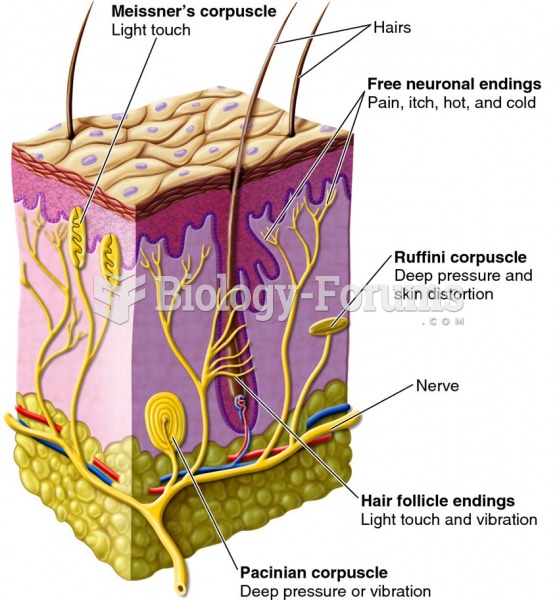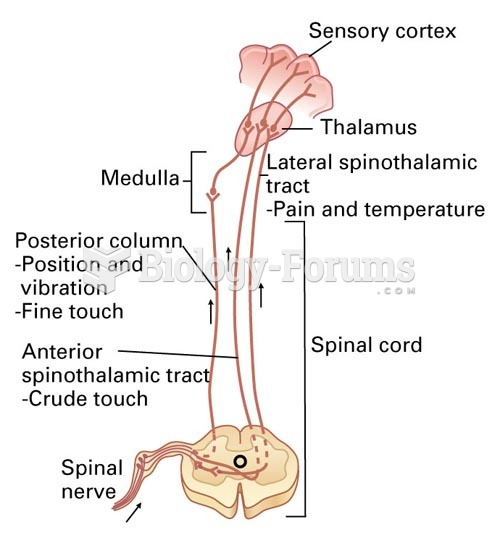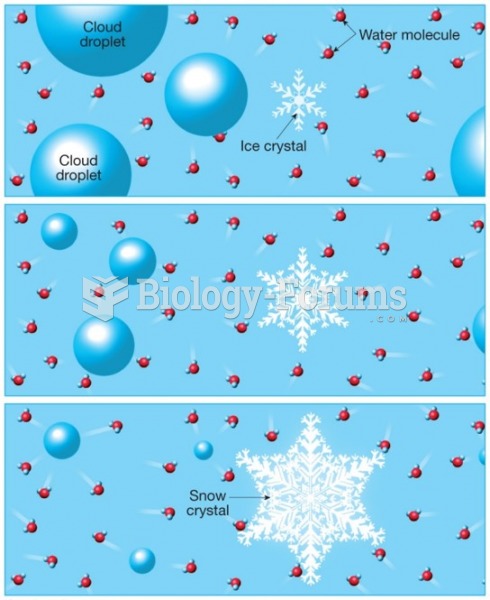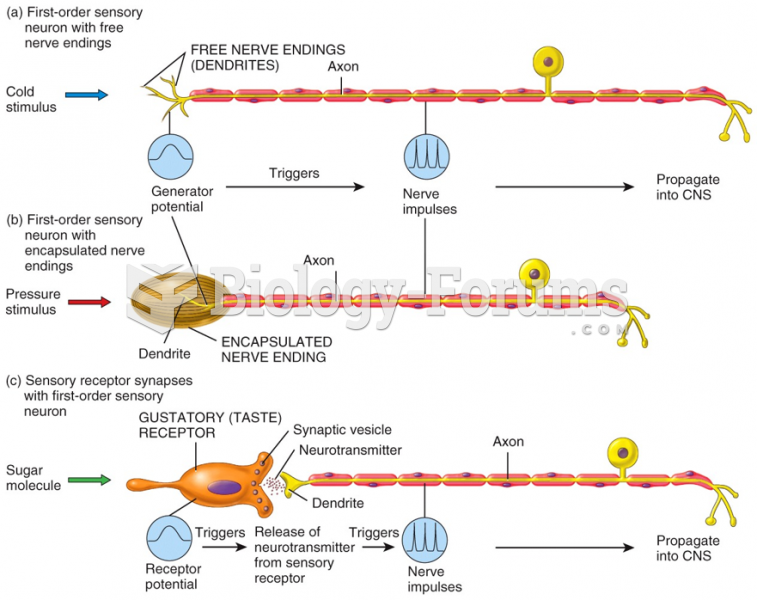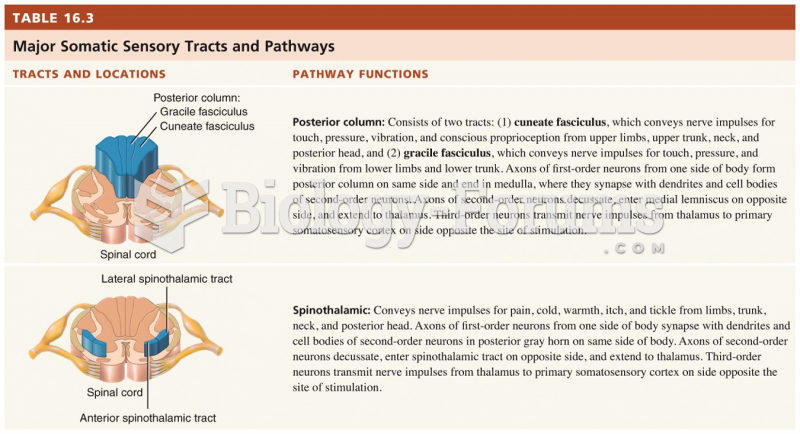|
|
|
Did you know?
In inpatient settings, adverse drug events account for an estimated one in three of all hospital adverse events. They affect approximately 2 million hospital stays every year, and prolong hospital stays by between one and five days.
Did you know?
People with high total cholesterol have about two times the risk for heart disease as people with ideal levels.
Did you know?
Everyone has one nostril that is larger than the other.
Did you know?
Asthma cases in Americans are about 75% higher today than they were in 1980.
Did you know?
Green tea is able to stop the scent of garlic or onion from causing bad breath.



